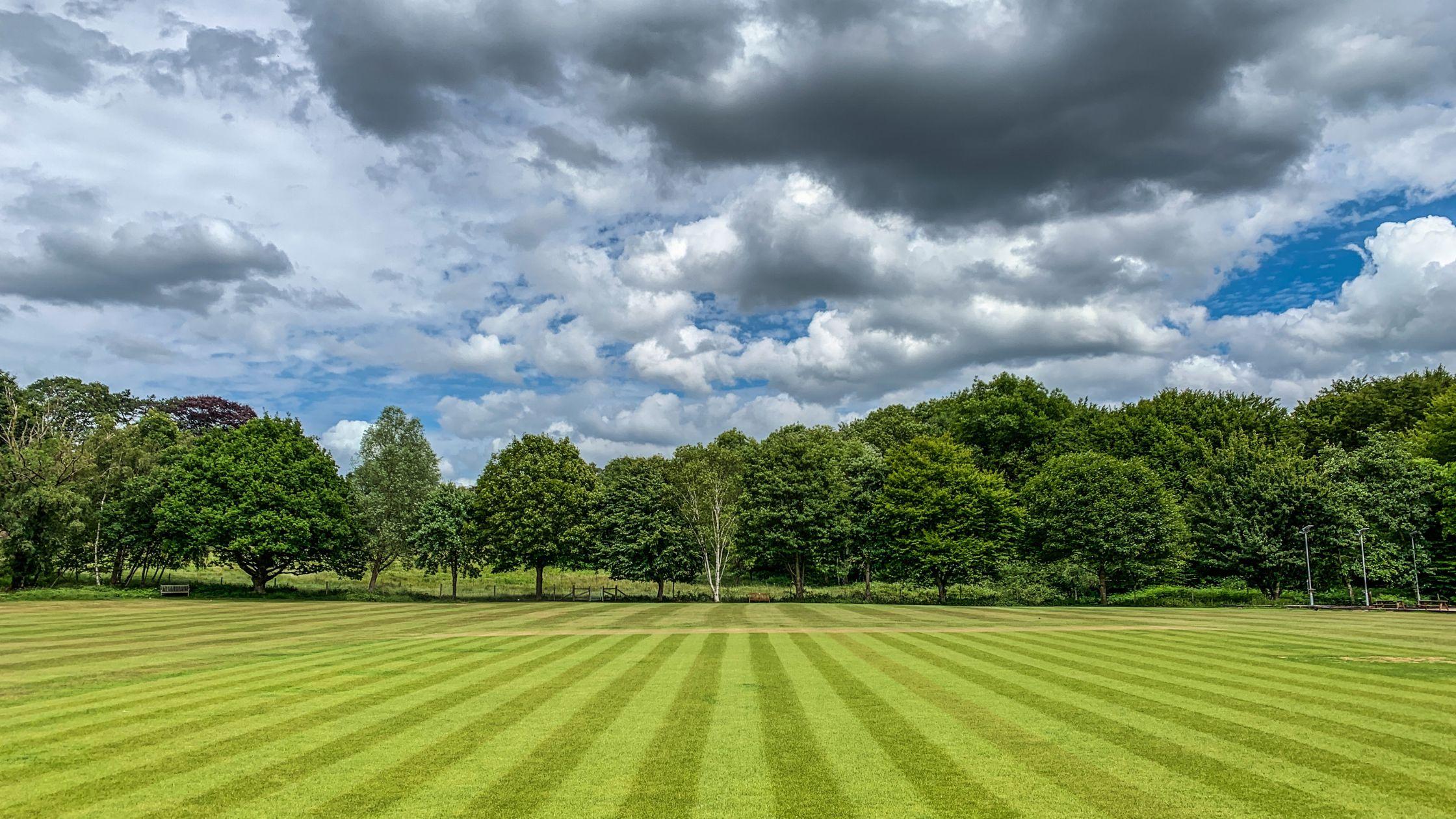
What Should I Be Doing for My Lawn in June to Keep It Green and Healthy?
In June, focus on consistent mowing, deep watering, and weed control to keep your lawn green and healthy. Avoid heavy fertilizing, mow high, and prepare for summer heat by strengthening roots and protecting against drought stress.
What Should I Be Doing for My Lawn in June to Keep It Green and Healthy?
June is a transition month for lawns — the spring growth surge is slowing down, and the hot, dry summer stretch is right around the corner. What you do now sets the tone for whether your yard stays green or turns crispy by July.
Here’s your June lawn care checklist to keep your grass looking great:
1. Mow High and Often
Tall grass is healthier grass — especially in early summer.
-
Set your mower height to 3 to 4 inches
-
Mow once or twice a week, depending on growth
-
Never remove more than 1/3 of the blade at once
-
Leave the clippings to return nutrients and retain moisture
Mowing too short in June exposes the soil, dries out roots, and invites weeds. Taller blades help shade the soil, reduce evaporation, and promote stronger root systems.
2. Water Deeply — But Only as Needed
Cool-season grasses (like Kentucky bluegrass and fescue) need about 1 to 1.5 inches of water per week in June.
-
Water early in the morning to reduce evaporation
-
Water deep and infrequent to encourage deep root growth
-
Use a rain gauge or tuna can to measure output
If rain is consistent, you might not need to irrigate. But in dry stretches, don’t wait for your grass to brown — light green and wilting blades are your sign to water.
3. Spot Treat Weeds
June is prime time for broadleaf weeds like clover, dandelion, and creeping Charlie.
-
Spot-spray problem areas with a selective herbicide (or pull manually)
-
Avoid full-yard herbicide treatments during hot weather
-
Keep your mower blades sharp — dull blades tear grass, leaving it more vulnerable to disease and weed spread
If your lawn is thick and mowed properly, weeds will struggle to compete.
4. Ease Up on Fertilizer
Fertilizing in June is not usually necessary if you applied a spring treatment in April or May.
Over-fertilizing now can:
-
Burn your grass
-
Encourage shallow root growth
-
Stress the lawn ahead of summer heat
If your grass looks healthy, skip the fertilizer and focus on mowing and watering. If it looks pale or thin, apply a light, slow-release nitrogen feed only if temps are mild.
5. Sharpen Your Mower Blades
Sharp blades make a big difference in June. They:
-
Cut cleaner, reducing moisture loss
-
Prevent browning at the tips
-
Lower disease risk
If your grass looks frayed or white-tipped after mowing, it’s time to sharpen your blade — or have it professionally serviced.
6. Edge and Clean Up for Curb Appeal
This is a great time to:
-
Re-edge walkways, driveways, and garden beds
-
Trim overgrown areas
-
Mulch or top off bare spots in the yard
Small cleanup steps go a long way in making your lawn look professionally maintained, even if you’re doing it yourself.
Optional: Overseed Thin Areas (With Caution)
June is not the ideal time to seed a whole lawn, but you can:
-
Overseed small thin spots
-
Rake to loosen the soil
-
Water consistently for 10–14 days
Avoid overseeding right before a heat wave — tender new grass struggles in hot, dry weather. If possible, wait until late summer or early fall for larger seeding projects.
Cleveland-Area Insight
In Northeast Ohio, June weather can vary — some years bring steady rain, while others dry out quickly. That’s why flexibility is key:
-
Watch the forecast: adjust watering accordingly
-
Avoid mid-day watering or mowing during heat waves
-
Stay ahead of weeds, especially in shady or compacted areas
By June, many local lawns have already peaked — the goal now is maintenance and protection, not aggressive growth.
FAQ: June Lawn Care
How often should I mow my lawn in June?
Once or twice a week, depending on growth. Aim to cut no more than 1/3 of the grass blade each time.
Is it too late to fertilize in June?
Not too late, but it’s not ideal. If your lawn looks healthy, skip it. If it’s pale or weak, use a light slow-release fertilizer early in the month.
Should I be watering every day?
No. Water deeply once or twice per week, not daily. Shallow daily watering leads to weak roots.
Can I control weeds in June?
Yes — spot treatments work well. Avoid spraying during high heat or drought stress.
Should I dethatch or aerate in June?
No — save those tasks for early spring or fall. Aerating in heat can stress your lawn.
Conclusion
June is your maintenance month — not a time for dramatic lawn projects. Focus on mowing high, watering wisely, and keeping weeds in check. Avoid over-fertilizing, and protect your lawn’s root system before summer stress kicks in.
Do that, and you’ll keep your grass green, resilient, and great-looking — even when the heat arrives.




No Comments
Sorry, the comment form is closed at this time.